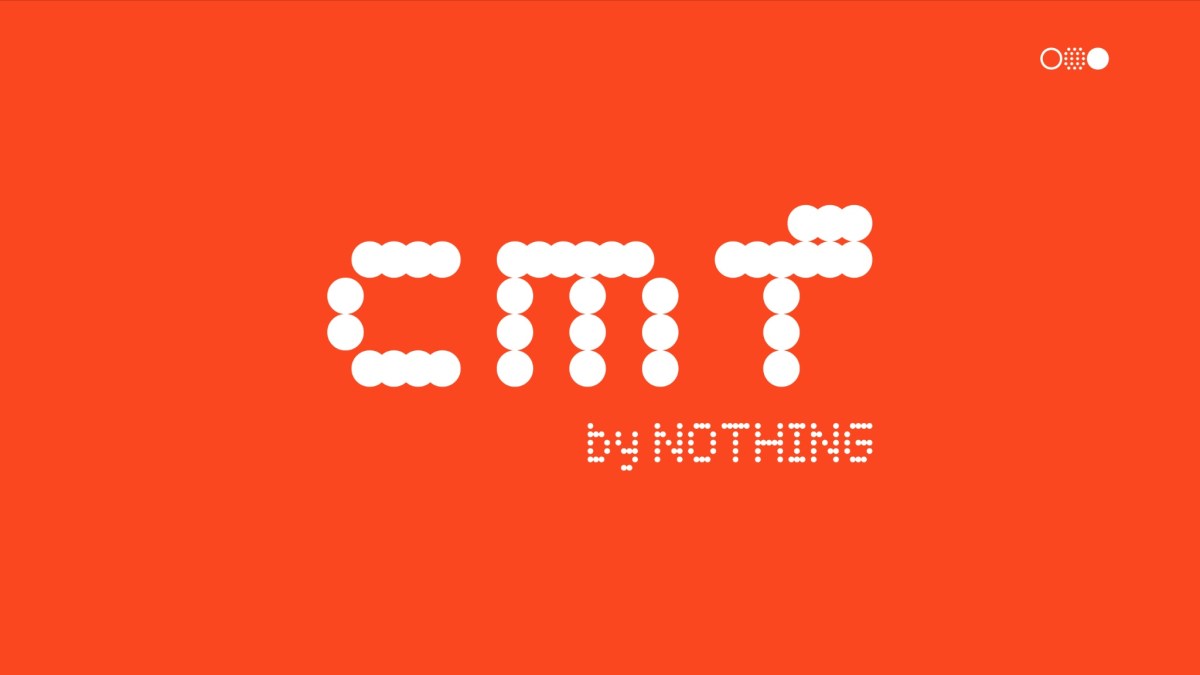It looks like nearly half the fiscal year could be over before Congress gets around to funding for it.
With under 36 hours left before the government was expected to shut down, Congress passed a continuing resolution to extend funding until March 1 and March 8, depending on the department that needs funding approval.
The move effectively kicks the can down the road for a deeply divided Congress to agree on spending levels for the fiscal year that began on Oct. 1. It’s the third stopgap in the government shutdown saga that began back in September.
The short-term bipartisan funding bill was introduced on Sunday and approved by the Senate and the House on Thursday. President Joe Biden is expected to sign it.
The stopgap is only a delay, and the government could still shut down come March. A government shutdown probably won’t greatly impact your day-to-day life unless you work for the federal government. But it could result in a slew of bothersome disruptions.
Key context
-
Congress must approve 12 key appropriations to fund federal agencies for each fiscal year. The 2023-24 fiscal year began on Oct. 1.
-
Two continuing resolutions made last year extended funding for the 2023-24 fiscal year. That means funding remained at 2022-23 levels and allowed federal agencies to continue operations.
-
The previous extension was set to expire on Jan. 19 for military and veterans programs, as well as the departments of Transportation, Housing and Urban Development, and Agriculture. Spending for energy and water development and related agencies also would have been affected. A second expiration date was set for Feb. 2 that included the State, Justice, Defense, Commerce and Labor departments, as well as Health and Human Services.
-
For a moment, it looked like Congress had come to a consensus on a spending bill with a $1.7 trillion bipartisan deal reached by Senate Majority Leader Chuck Schumer and House Speaker Mike Johnson last week. But its chances of passing soon crumbled when hardline House Republicans declared it dead on arrival.
-
Both deadlines have been extended to March 1 and March 8, respectively.
What this means
-
Congress has until March to finally agree on spending levels for the 2023-24 fiscal year.
-
Any funding agreement would likely include all 12 appropriations, as Schumer and Johnson’s proposed spending bill did last week.
What services could shut down?
-
The worst effects would be felt by government workers. Some would be furloughed without pay. Others would continue to work but would also go without pay for the duration of the shutdown. Everyone would receive back pay when funding is restored.
-
Certain nonessential services would be suspended. National park operations, the IRS’s customer service and Federal Student Aid assistance would close up shop.
What programs would continue?
-
Anything that receives mandatory funding would continue, such as law enforcement and power grid maintenance.
-
Air traffic control would continue, but you could experience some travel disruptions anyway.
What else could be disrupted?
-
Programs like Medicaid and Medicare, Social Security and Supplemental Nutrition Assistance Program benefits would continue. But if a shutdown went on long enough, there could be delays in approvals and the delivery of certain benefits.
-
Homebuying could prove more difficult if you plan to get a reverse mortgage, Title I loan or a loan from the U.S. Department of Agriculture.
What’s next?
-
Congress has until March 1 to get its act together.
-
Without a deal or another continuing resolution, you can expect a partial shutdown as soon as March 1 and, if no action is taken by March 8, there would be a full shutdown.
-
With the way this divided Congress is acting, it’s likely any future decisions — to fund or extend again — will be made under the gun.
Photo by Kent Nishimura/Getty Images News via Getty Images








































